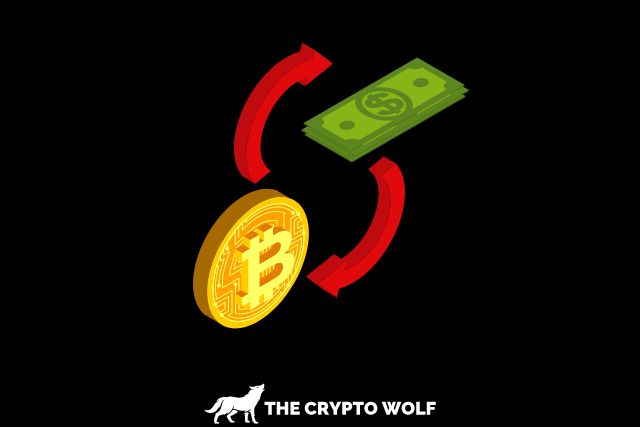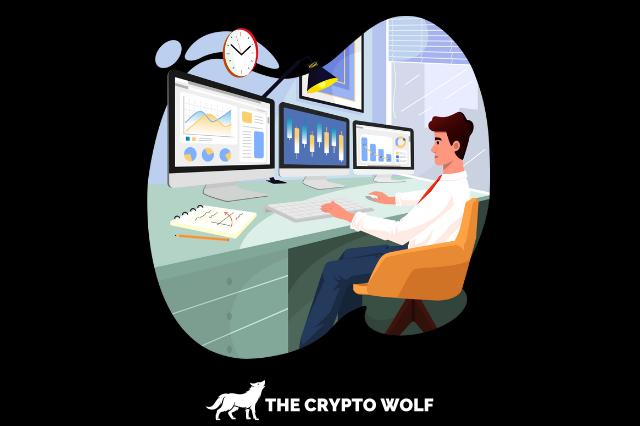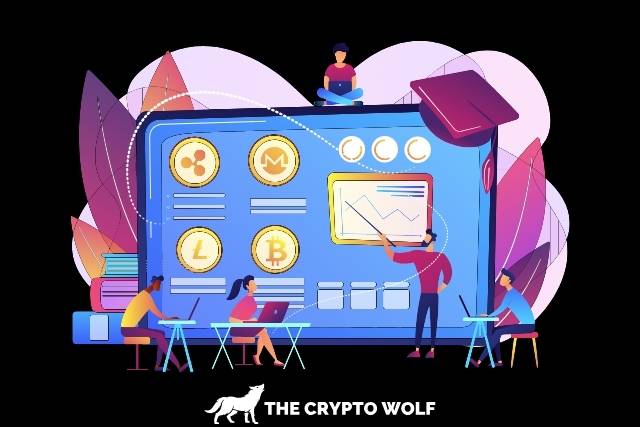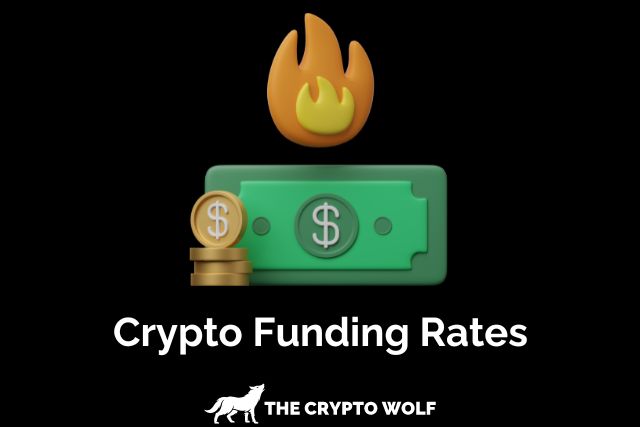When I started futures trading, one of the first things I heard other traders say was “funding rates.” They would sometimes say it’s positive or negative.
I really didn’t understand what it meant until I decided to know more about it.
In this article, I will share everything you need to know about crypto funding rates and why you should consider it before you open a futures position.
If you’re ready, let’s dive in.
1. Understanding Crypto Funding Rates?

The funding rate in cryptocurrency trading is used in perpetual futures contracts, which don’t have an expiration date.
Buyers with long positions and sellers with short positions pay each other based on the difference between the contract price and the spot price of the asset.
It helps keep the contract price close to the actual price of the asset.
Positive funding rate: If the funding rate is positive, traders who hold long positions pay those who hold short positions.
It usually happens when the perpetual futures price is higher than the spot price, indicating bullish sentiment.
For instance, the spot price of Bitcoin is $67000, but the perpetual futures price is $67,100
Since the futures price is higher than the spot price, the funding rate would be positive.
It means that traders holding long positions (those betting Bitcoin will go up) would have to pay traders holding short positions (those betting Bitcoin will go down) to bring the futures price closer to the spot price.
Negative funding rate: If the funding rate is negative, traders with short positions pay those with long positions.
It occurs when the perpetual futures price is lower than the spot price, indicating bearish sentiment.
The funding rate is typically calculated every 8 hours and can vary depending on market conditions.
2. How Is The Funding Rate Calculated?
The funding rate in cryptocurrency futures trading is typically calculated using the following formula:
Funding rate = Premium Index + Interest Rate
Here’s a breakdown of the components:
Premium Index: This measures the difference between the price of the perpetual futures contract and the spot price of the underlying cryptocurrency (e.g., Bitcoin).
It’s designed to ensure that the contract’s price stays close to the actual market price.
Interest Rate: In the context of cryptocurrencies, the interest rate represents the cost associated with holding a position.
It’s often derived from the difference in borrowing rates between the two currencies in the trading pair, such as Bitcoin and USD.
This rate can reflect the demand for borrowing one currency over the other, influencing whether long or short positions pay the funding rate.
3. How Funding Rates Affect Traders

Cost of holding positions: traders holding positions past the funding rate cycle (which is every 8 hours) may incur funding costs or receive funding payments.
Funding costs can eat into your position.
For example, If a trader holds a $10,000 long position and the funding rate is 0.02% (positive means long pays short),
the funding payment would be 10,000×0.02% = 2
This means the trader would pay $2 every 8 hours for holding that long position.
Market Sentiment and Behavior: funding rates can signal market sentiments.
If the funding rate is persistently positive, it might suggest more people are bullish and expecting the market to move to the upside, while the reverse is the case if it’s negative.
Impact on volatility: some traders often adjust their futures position based on changes in the funding rates.
If the funding rate is positive and suddenly turns negative, it can signify a change in market sentiments, which can make traders adjust their positions accordingly.
4. Factors That Affect Funding Rate
Spot Price vs. Perpetual Contract Price
The primary determinant of the funding rate is the difference between the perpetual contract price and the spot price of the underlying asset.
When the perpetual contract is trading at a premium (higher than the spot price), the funding rate tends to be positive.
Conversely, when it is trading at a discount (lower than the spot price), the funding rate tends to be negative.
This mechanism incentivizes traders to align the perpetual contract price with the spot price.
Market Demand and Sentiment
In a strongly bullish market, more traders take long positions, driving up the perpetual contract price relative to the spot price, resulting in a positive funding rate.
While in a bearish market more traders take short positions, driving down the perpetual contract price relative to the spot price, leading to a negative funding rate.
Overall, market sentiment plays a crucial role in determining the direction and magnitude of the funding rate.
Leverage Usage
High leverage usage can amplify the differences between the perpetual contract and the spot price. When many traders use high leverage for long positions,
The perpetual contract price can significantly exceed the spot price, resulting in higher positive funding rates.
Similarly, high leverage in short positions can lead to higher negative funding rates.
5. How To Use Funding Rates For Trading

Understand Market Sentiment
Positive Funding Rate: Indicates bullish sentiment where long positions pay short positions.
If the rate is significantly positive, it suggests an overleveraged long market, potentially leading to a price correction.
Negative Funding Rate: Indicates bearish sentiment where short positions pay long positions.
If the rate is significantly negative, it suggests an overleveraged short market, potentially leading to a price rebound.
Strategic Positioning
Avoid High Costs: When funding rates are high and positive, consider closing long positions to avoid paying substantial fees.
Capitalize on Rebates: When funding rates are negative, consider opening long positions to earn funding rebates, especially if you anticipate a market rebound.
Trade Confirmation: Rapid change in funding rates can also be used to confirm your analysis; if you’ve analyzed a trade and predicted it would move to the upside,
Followed by a sudden change in funding rate from positive to negative, it might give you more confidence to enter the trade.
6. Monitoring And Analyzing Funding Rate
Monitoring and analyzing funding rates involves a few key steps. First, use your trading platform (e.g., Binance, BitMEX) to check real-time funding rates.
Additionally, platforms like Coinglass and CoinMarketCap can provide funding rate data across multiple exchanges.
For analysis, review historical funding rates to identify patterns and understand market sentiment.
Frequently Asked Questions
How Is The Funding Rate Charged?
The funding rate is charged from the margin used to open the position. For instance, if you open a BTC position with $200, the funding rate will be charged from it.
How To Check The Funding Rate In Crypto?
To check the funding rate on most exchanges, you need to look at the top right corner, and you will see the funding rate and how much time is left before it changes.
What Happens When The Funding Rate Is Too High?
When the funding rate is too high, it indicates very bullish or bearish sentiments, which are most times followed by a correction.
Many traders often check funding rate before opening a position as a higher funding rate might mean they have to pay more to keep their position open depending on if they decide to go long or short.
